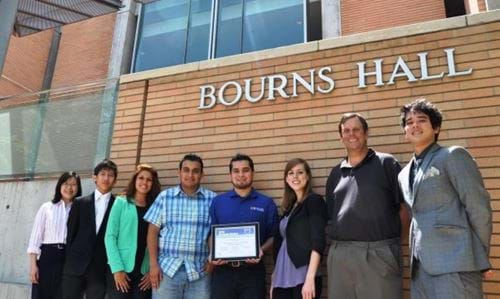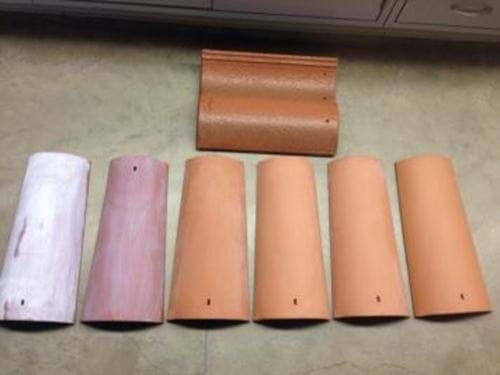Day 113: The environmentally-friendly roof

17th September 2014
Author: Geoff Maitland, IChemE President 2014–2015.
Green roofs today are sold on the back of their environmental and economic benefits such as insulation and cooling properties, ability to significantly reduce rainwater run-off from roofs, and their value in promoting biodiversity and habitat in built-up areas. They look very impressive and distinctive too.
I think they are a useful reminder that buildings need to connect more with their environment for good reasons like reducing heating costs and greenhouse gas emissions. In the UK, around 13 per cent of greenhouse gas emissions come from the residential sector.

There is good evidence to suggest that some countries, like the UK, have lost their way with dwelling design considering the amount of money spent on 'retrofitting' loft, cavity and other measures in recent years and the UK Government's current Green Deal initiative.
Our default position now should be to look at buildings not simply as 'roofs over our heads' but more active contributors to the issues we face every day.
In this context, it is good to see some students at the University of California who created a roof tile coating that when applied to an average-sized residential roof breaks down the same amount of smog-causing nitrogen oxides per year as a car driven 11,000 miles (18,000 km).
The students calculated that 21 tons of nitrogen oxides would be eliminated daily if tiles on one million roofs were coated with their titanium dioxide mixture. They also calculated it would cost only about USD$5 for enough titanium dioxide to coat an average-sized residential roof.
The anti-pollution properties of titanium dioxide are well-known and I've mentioned these before in previous blogs. What is encouraging is that projects dealing with issues like pollution are prominent in the education of the next generation of chemical engineers.

Nitrogen oxides are formed when certain fuels are burned at high temperatures. They react with volatile organic compounds in the presence of sunlight to create smog.
Currently, there are other roofing tiles on the market that help reduce pollution from nitrogen oxides. However, the students focused their studies on collecting data to help quantify the reduction in smog levels.
They found the titanium dioxide coated tiles removed between 88 per cent and 97 per cent of the nitrogen oxides. They also found there wasn't much of a difference in nitrogen oxide removal when different amounts of the coating were applied, despite one having about 12 times as much titanium dioxide coating - surface area, not the amount of coating, is the important factor.
When you consider the surface area of all the buildings in the world, there is clearly a great opportunity to transform 'dumb' buildings into active ones that address issues like pollution control and energy production.
***************************************************************************************************
Are you studying chemical engineering and working on an interesting 'team' project? Tell us your story.
ChemEng365 blog
Geoff Maitland launched this blog during his IChemE presidency in 2014. ChemEng365 features 365 chemical engineering successes and achievements throughout his year-long presidency.